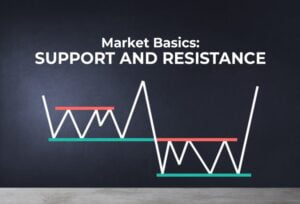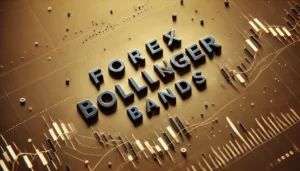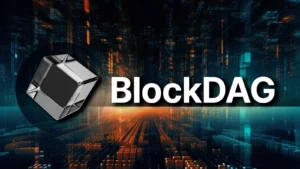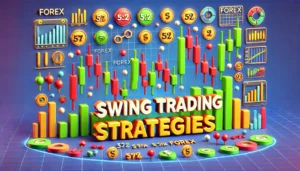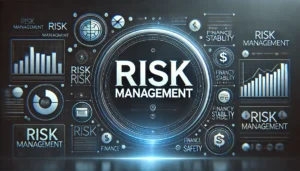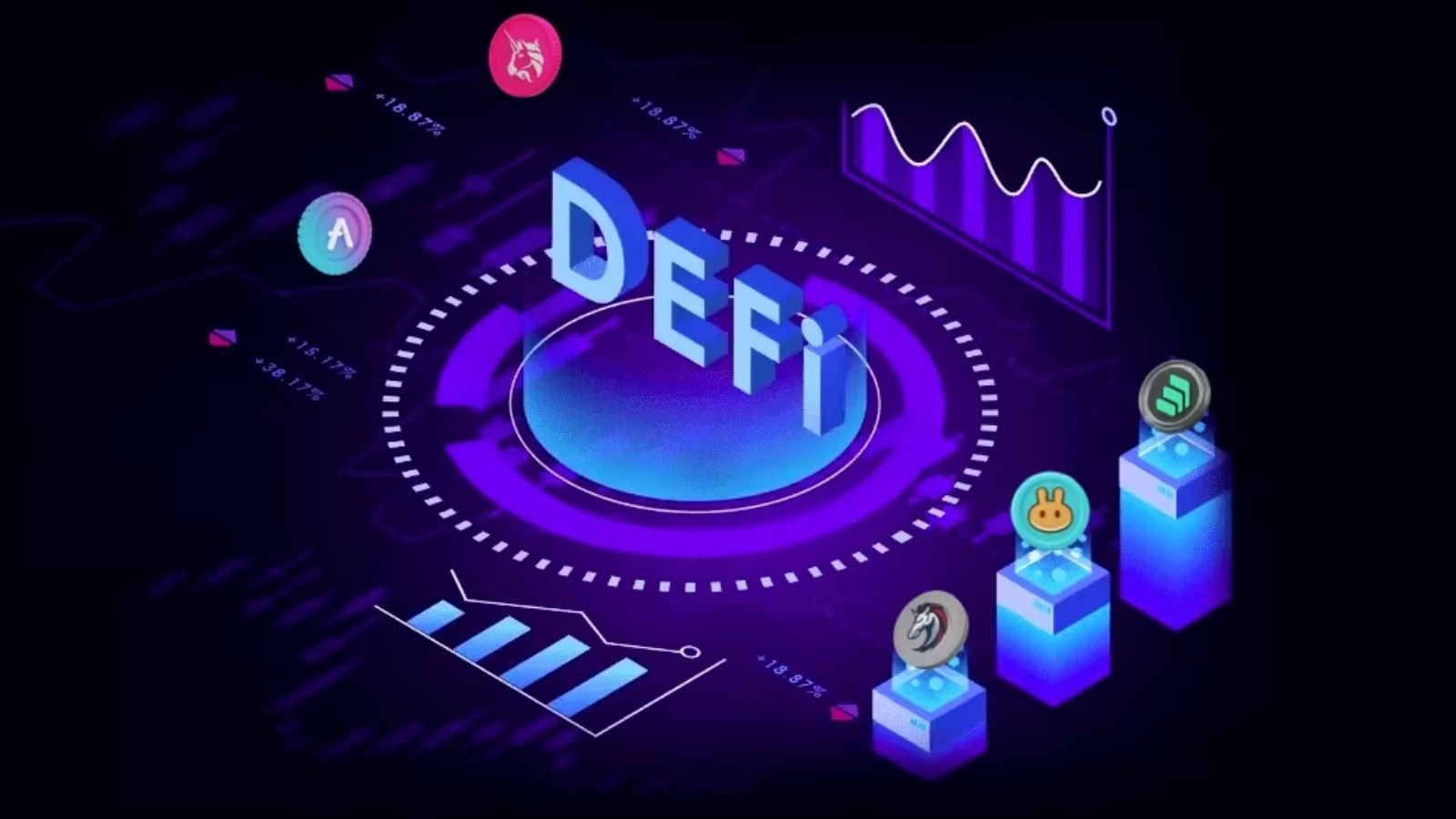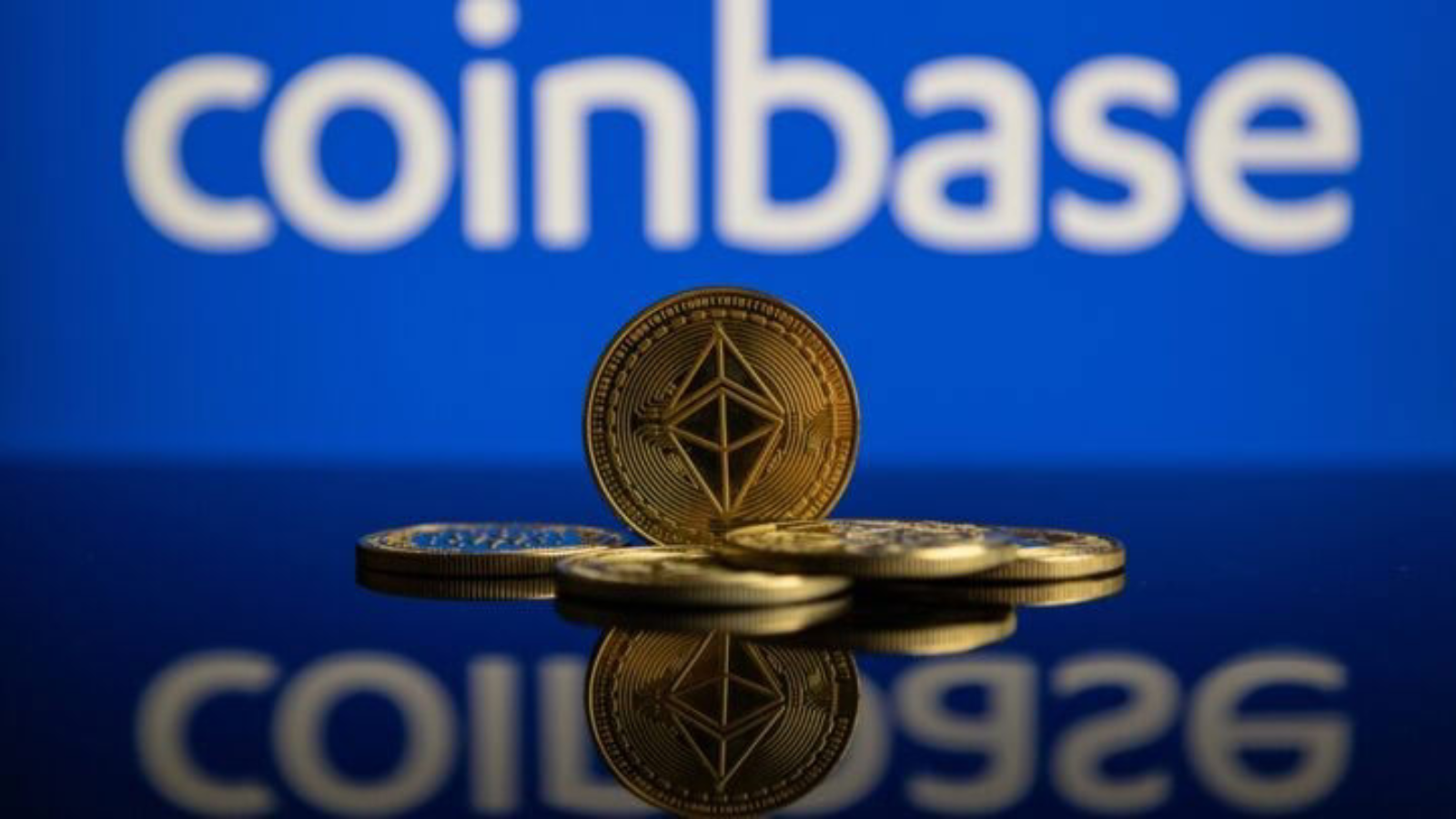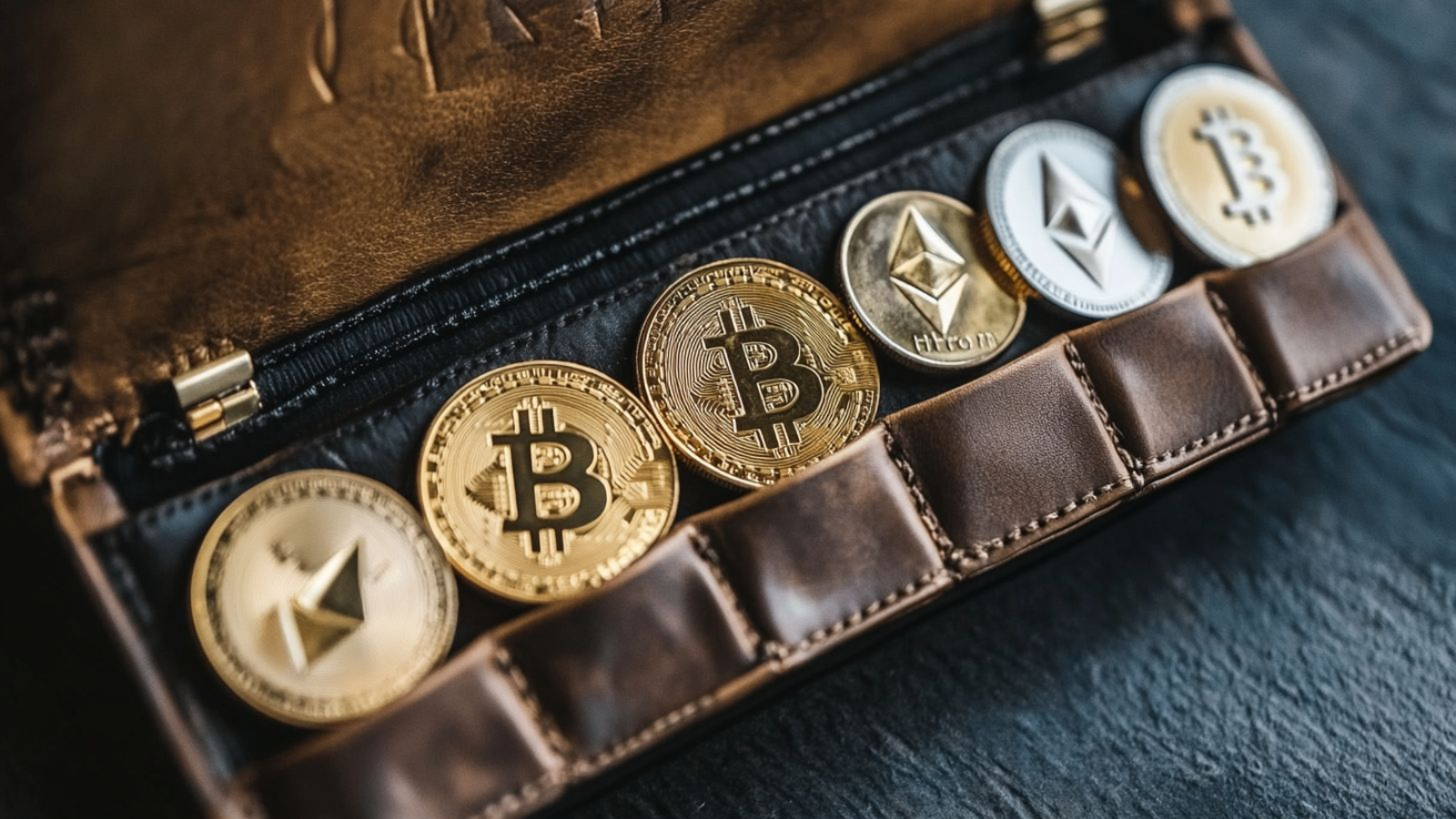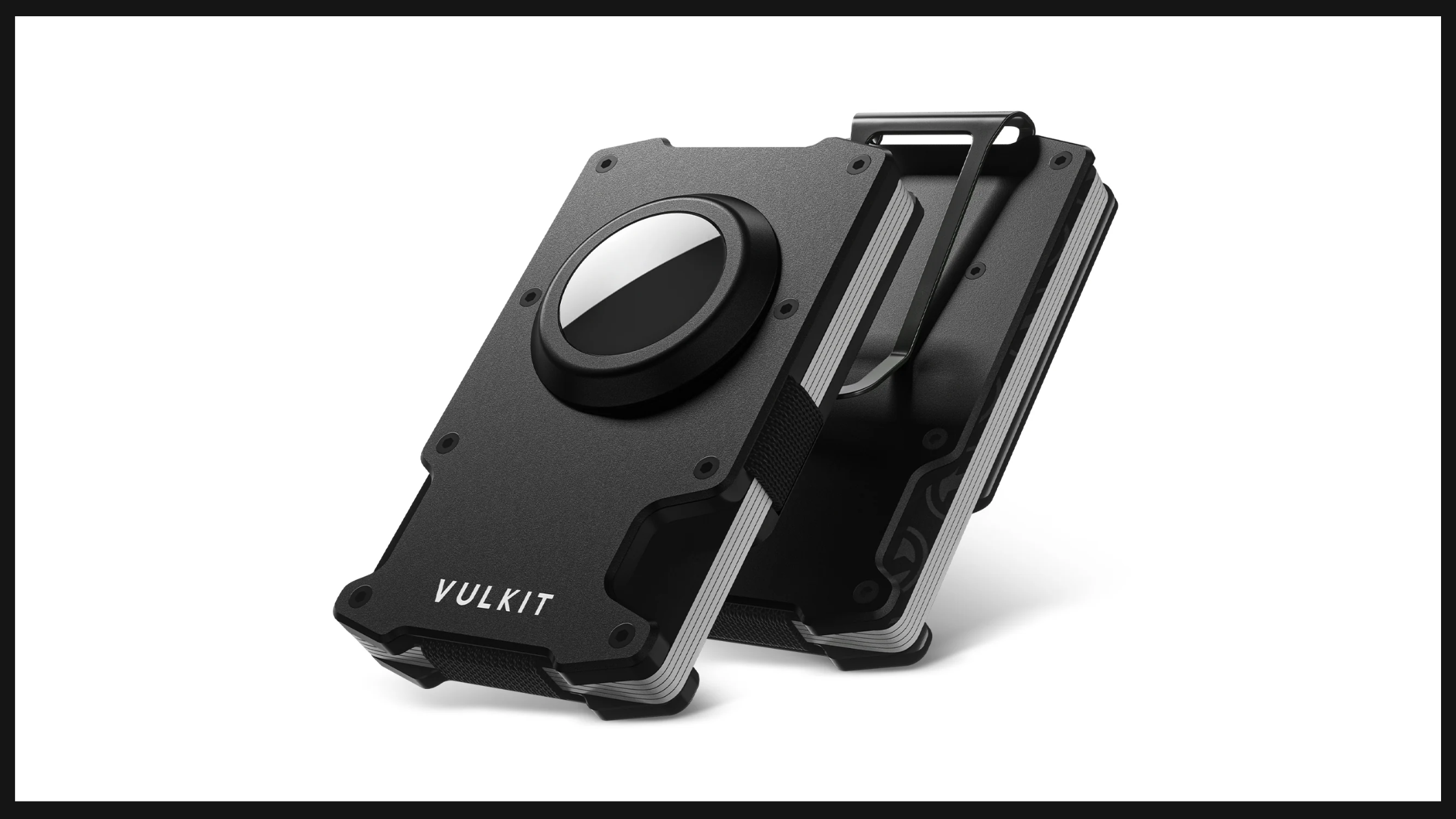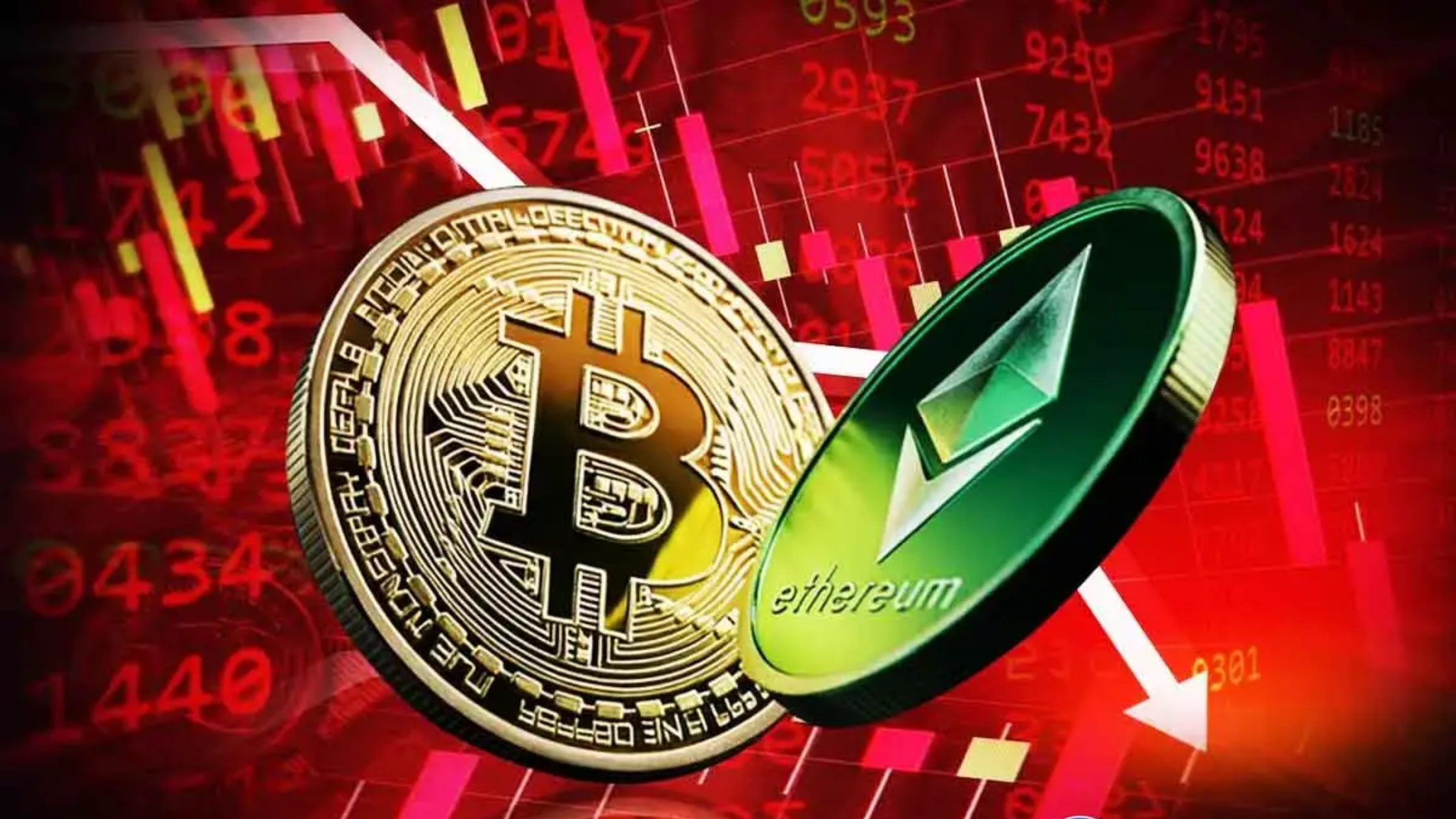Cryptocurrency trading incorporates a whole range of techniques and markets, with spot trading standing as a cornerstone for traders and investors. This area of the crypto world is dynamic, offering a place for immediate transaction settlements and a platform for trading digital assets like Bitcoin and altcoins.
In the following article, we will explore the workings of spot trading, explaining its mechanism, differences from other trading arenas, and how you can get started with it.
Table of Contents
ToggleUnderstanding Spot Market in Crypto
Spot market is the core of cryptocurrency trading. Here, digital assets are traded instantly, and ownership is transferred in real-time.
Unlike futures or options markets, contracts in spot markets are made for current asset prices, not future ones. The attraction of spot trading is in its simplicity and immediacy —trades are settled “on the spot.” This market’s flexibility is crucial for ensuring liquidity and setting benchmark prices for cryptocurrencies.
Spot Trading Mechanics
Spot trading operates through a system where buyers, sellers, and an order book are involved. Here is how it works:
- Sellers and Buyers: Participants in the market either try to sell their digital assets at ask price or buy these assets at bid price. The bid price is the maximum amount a buyer is willing to pay, whereas the ask price is the minimum amount a seller is ready to accept.
- Order Book: This book keeps track of all pending buy (bid) and sell (ask) orders. It is divided into two sides to match sellers with buyers efficiently. The order book’s transparency ensures market integrity by giving participants an opportunity to make decisions based on supply and demand.
An example clarifies this process: if Alice sends an order to buy Bitcoin, her order is routed to the bid side of the order book. When a matching sell order comes across Alice’s specific parameters, the trade is automatically executed.
The basic strategy of spot trading is to buy low and sell high. Traders try to make money by timing their purchases and sales to coincide with price shifts. However, the volatile nature of the cryptocurrency market does not guarantee success. In order to earn from spot trading, you should have a clear idea about market trends, research adequately, and use risk management.
How to Get Started With Spot Trading in Crypto
Here is a step-by-step guide to getting started with spot trading.
The first decision you will be required to make is whether to use a centralized exchange (CEX) or a decentralized exchange (DEX). CEXs like Binance, with their user-friendly interfaces, advanced security measures, and a large number of available cryptocurrencies and trading pairs, are often recommended for beginners. However, DEXs give traders more control, but they can be quite complex for newbies in crypto trading.
To simplify, we are going to explain how to start spot trading with Binance.
First of all, you need to create an account on Binance to start your spot trading. The process is straightforward. Go to the Binance website and select the option to open a new account. You will be required to provide some basic information and go through the verification process to guarantee the safety of your trading activities.
After you have got your account ready, you will need to fund it. On Binance you can deposit either fiat or cryptocurrency. If you are beginning with fiat, you can use bank transfers, credit cards, or other payment methods like P2P provided by the platform. Alternatively, you can move cryptocurrency from another wallet to Binance.
With a balance in your account, you are ready to trade. Binance has a lot of trading pairs, so you are going to have plenty of options, whether you are trading BTC, ETH, or other altcoins.
Binance offers several order types to suit different trading strategies, including:
- Market Order: Executes immediately at the best available price at the time of order. A perfect match for traders who want to place buy or sell orders instantly.
- Limit Order: Allows you to set a specific price at which your order execution would be guaranteed. This is very effective for taking entry or exit at predetermined levels.
With the trading pair and order type chosen, you are now ready to start spot trading. In case you have selected the BTC/USDT, state the amount of USDT that you want to spend or the number of BTC that you want to buy.
Visit the details of your order and confirm the purchase. In this case, your order will be executed quickly, considering the liquidity of the BTC/USDT pair on Binance. By means of this exchange, your BTC will appear directly in your Binance account, and you will be able to hold it, trade it, or withdraw it whenever you want.
Spot Trading vs. Futures Trading
Crypto Spot trading entails that you buy/sell cryptocurrencies and then instantaneously own the assets. If you buy Bitcoin on a spot market, you get the Bitcoins right after the transaction is completed. The key here is immediate ownership.
Unlike spot trading, futures trading deals with contracts to buy or sell a cryptocurrency at a predetermined price on a specific future date, not caring about the present market price. This is an option for traders to guess the future price movement of a cryptocurrency without having to buy it right away. Even though futures can offer higher profits due to leverage, they also carry higher risks because you are betting on changes in future prices.
Spot Trading vs. Margin Trading
Spot trading requires you to use your own capital to buy or sell cryptocurrencies. The amount of crypto you can trade is limited by the amount of funds you have.
On the other hand, margin trading is a way of borrowing money from a broker (or an exchange) and trading much more than your current capital. It can multiply your gains if the market moves in your favor. Nevertheless, it also increases the risk significantly. If the market goes against you, you may get a margin call, which would ask you to deposit more funds or sell all of your assets to meet the loss.
Every trading strategy has different intricacies and risk profiles. Spot trading is simpler and may be safer for beginners, while futures and margin trading can be more rewarding, but requires one to have a good understanding of market movements and risk management.
Read more:
https://thetradingbay.com/p2p-crypto-trading-explained-how-does-it-work/


